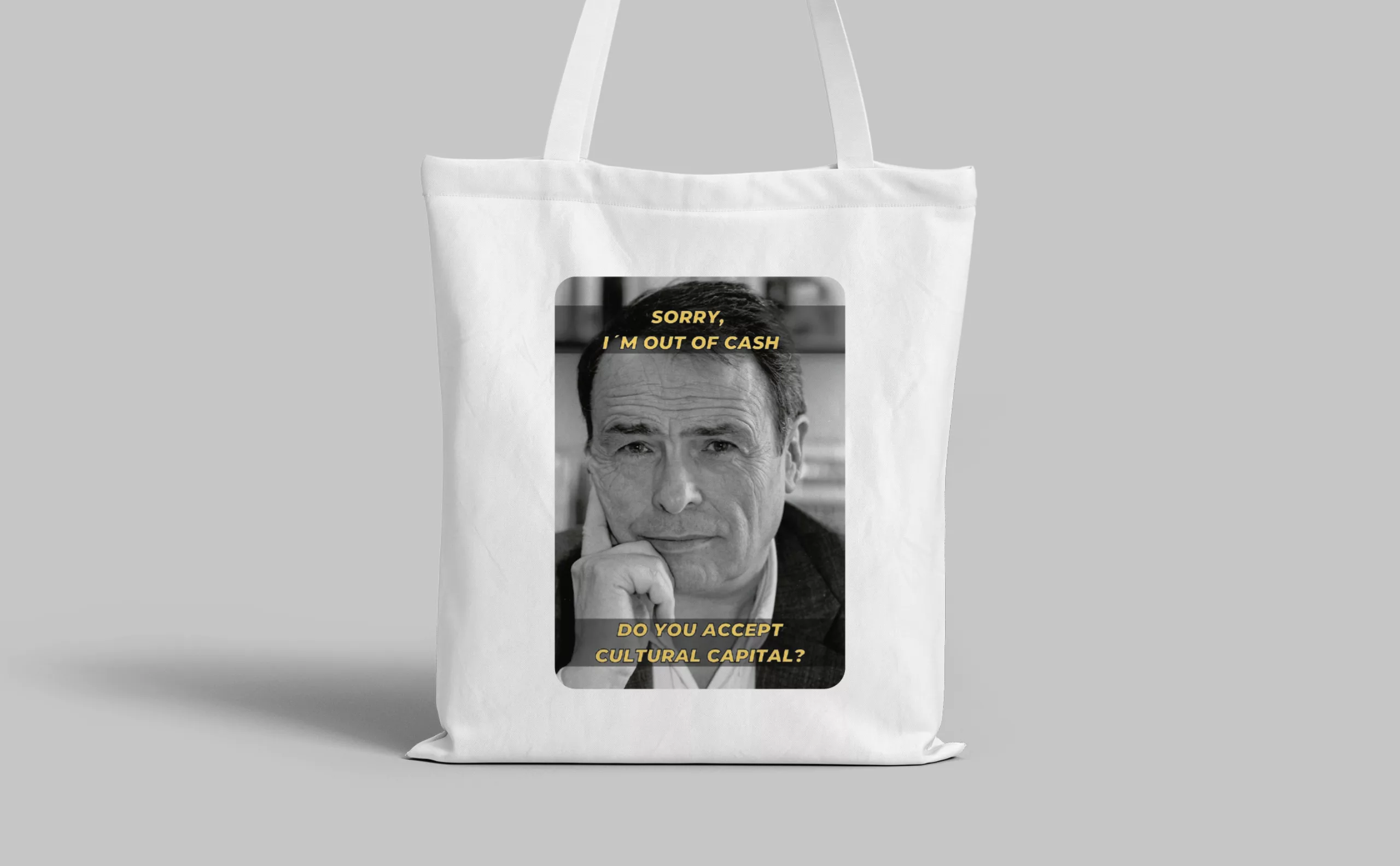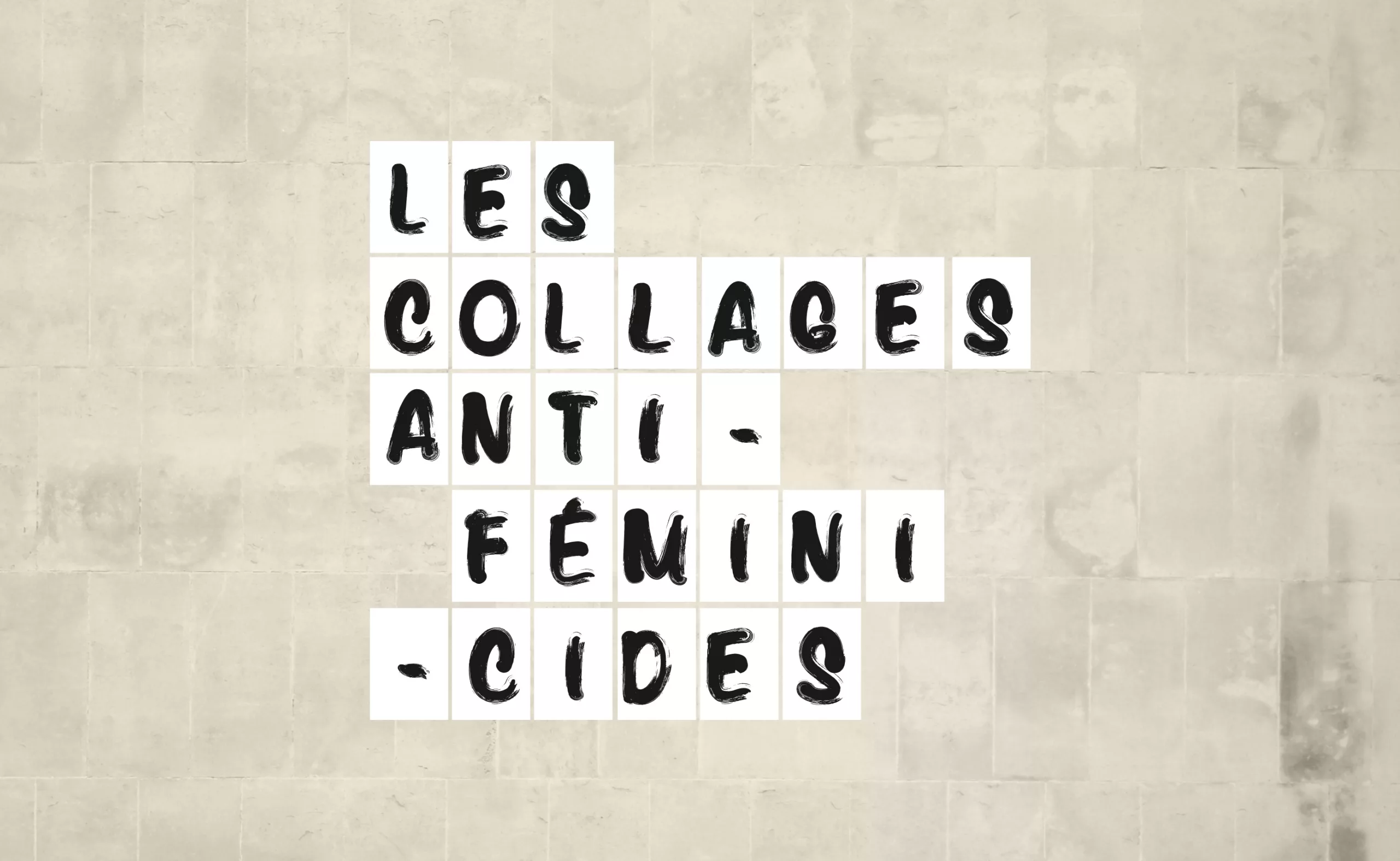Time and creation #03 : in search of creative time
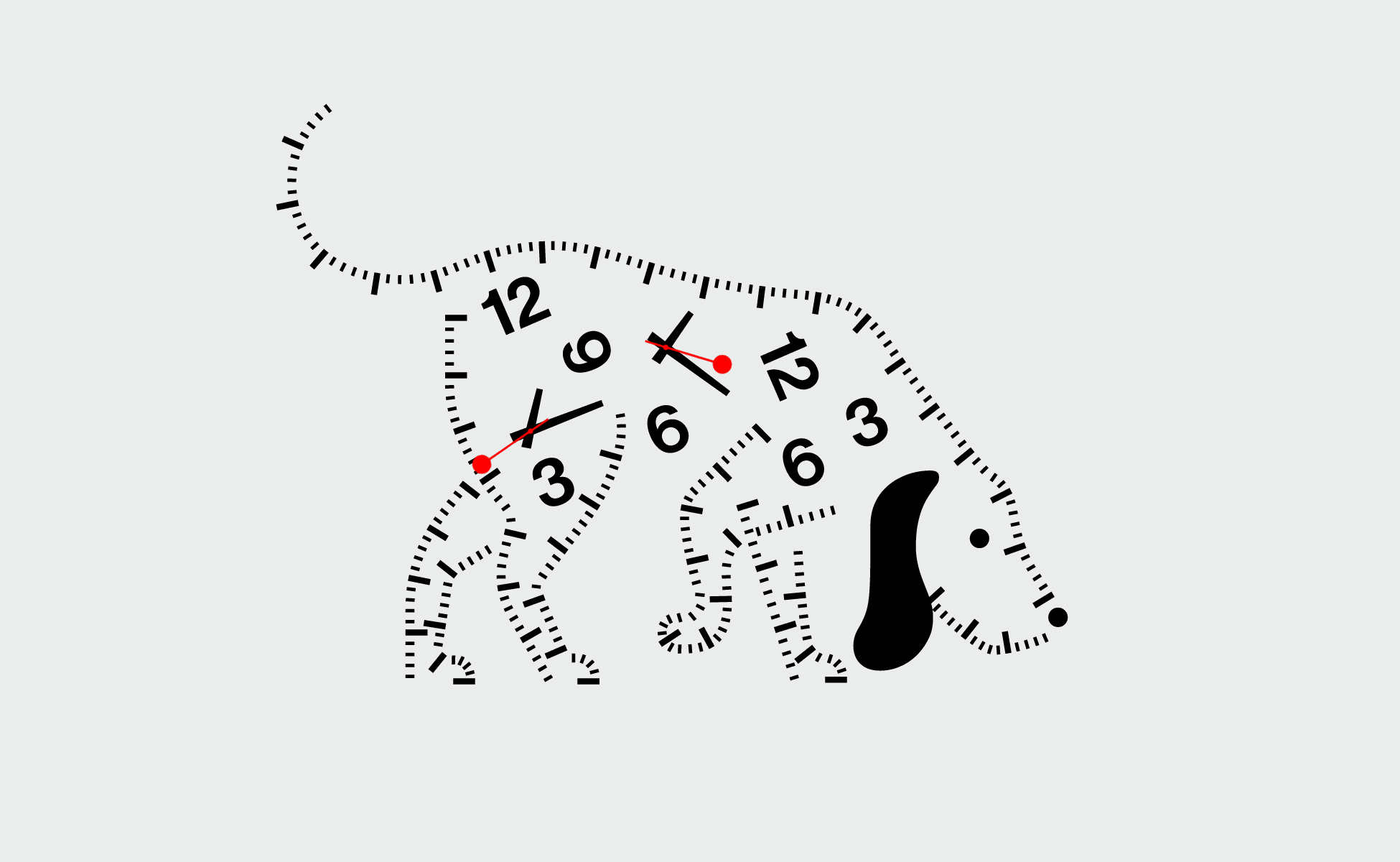
Here is our third article of our series on Time and creativity : in search of creative time. The idea is to tackle the relationship between time and creation from different angles, be it about the time we spend creating, time management, psychological mechanisms, history, etc… This article will discuss the human aspect of creativity, what it depends on and what it requires inside and outside of us to flourish.
Here are the articles we’ll publish :
01 – Working flat out, a tiring tradition
Historical and societal approach: the origin of the expression “charrette” and our relationship to flat out work in our societies
02 – The impact of time on our creative brain
Scientific approach: the way our brain perceives time, the mechanisms that are triggered when we work under pressure, and how stimulants boost our performance
03 – In search of creative time
Human approach: what is creativity and what does it depend on to blossom
04 – Optimize and boost creativity with flow
Methodological approach: some practical techniques to be more creative and reach flow, an optimal state of consciousness
In search of creative time
Being creative means knowing and being able to suggest new ideas. New in relation to a culture, a field, a technology, a historical period…
Thus, creativity is relative; it depends on a context that exists independently but also within an individual. It is nourished by a background, a character, preferences, emotions, an environment, an experience, a culture and a degree of motivation.
It is also quantitative; creative individuals develop divergent thinking that allows them to produce several ideas from a single stimulus. We often come up with several ideas. Ideas may arise out of a variation of previous creations, to a lesser extent of novelty, or they may be radically different and innovative.
But producing a large number of ideas is not enough to be creative, it also implies the ability to be mentally flexible in order to propose multiple answers to the same problem, by shifting one’s perspective. Finally, being creative means giving one or more answers to a problem, but after a period of work and research. A new idea but proposed by artificial intelligence will be perceived as dubious, because far from the richness of reflection proposed by human intelligence (Boden, 1992).
To summarize, a creative idea is therefore innovative, relative, personal, quantitative, multiple, and the result of reflection. In a creative work, the process as well as the result and the context must therefore be taken into account and valued. This is why time, which is the foundation of our society, is so important to take into account when talking about creativity.
In our creative professions, is there a time limit to come up with an idea? What does creativity depend on, and how can we cultivate it? To get an idea to grow, you’ll need a good seed, a rich soil, a specific environment, and of course time. Let’s see how all this springs up.
How do ideas arise? Conception, illumination, realization: three complementary phases of creativity
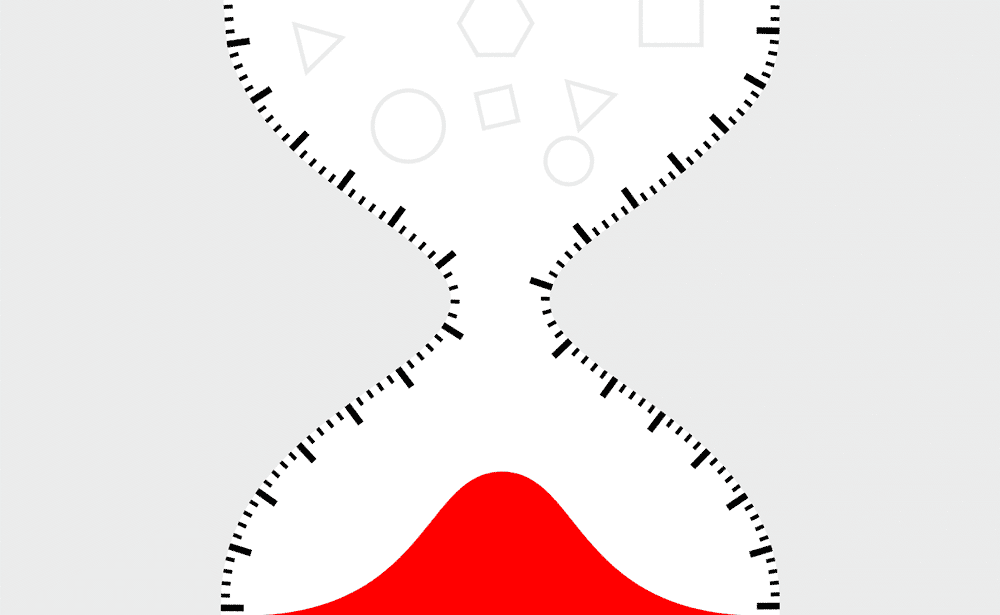
Todd Lubard, in his book Psychology of Creativity, explains that the production of an idea is divided into three stages: 1) the conception phase – called the divergence phase, 2) the illumination phase during which the idea springs to life, and 3) the creation phase – called the convergence phase.
0 – The phase of impregnation. Before these 3 phases, there is of course a time of observation, to listen and understand the client or the problem to be solved, in order to grasp the setting and the scope of the project. At Graphéine, we call this phase the diagnosis. It is a crucial phase because it provides the foundation for future ideas that will lead to the realization of the project. If this step is mistaken (for example in case of misunderstanding of the brief), then the final ideas will not correspond to the client’s expectations.
1 – The creative conception phase, the first stage, is a phase of latency, of inspiration, which seems perpetual and without temporal or physical limits. It is called the divergence phase because the mind expands to pick up pieces of inspiration from everywhere, by rebounds. In the illustration, this is the upper part of the hourglass. Our brain creates links between several themes and weaves them together to form new ideas. It does this all the time, especially during moments of rest. We can have ideas everywhere, all the time. That’s why you can never really measure the time spent searching for and finding an idea. This phase occurs in a rich cultural and personal environment, as long as we are curious, nourished by interactions and seek to connect the things that drive us.
2 – The second stage is called illumination, Eurekâ: the idea finally sparkles. It’ s in our hands, now we have to test it. The problem here is that we often have the intuition of having the right idea, but we won’t know if it’s the right one until the client validates it… If this isn’t the case, we’ll go back to phase 1 and so on until we get it right. If we really stagnate and can’t find an idea, the best thing to do is to go back to the very beginning at the impregnation phase and to recreate new ideas by taking the problem from another angle (we give you some methods in article 4). It is therefore a back and forth process between convergence and divergence.
3 – The third phase is the realization phase. This is the stage that consists in giving life to the idea, once it has sprung up in our mind. This stage is more measurable, and also limited in time. It is called the convergence phase because we focus on a goal, an idea. It is during this phase that we can really be efficient in our execution and enter flow (which we talked about in article 2 and which we will talk about in more detail in article 4). Unless you are an ultra-perfectionist, you should be able to say: that’s it, it’s over.
Sometimes, because nothing is simple, steps 1 and 3 are simultaneous; one idea is made concrete and a second one germinates. And that’s good! Our brain continues to weave links.
To make an analogy with cooking, we could say that the impregnation phase is when a Chef decides to make a new dish for his daughter on a specific theme: crunchy lemon pie. During the divergence phase he/she seeks inspiration: a walk, a trip to the market, a painting and a discussion with a colleague give him or her ideas that feed his or her theme by chance. He/she finds sudden enlightenment when walking on seashells, and starts testing recipes during this convergence phase. He/she tastes and adjusts accordingly, sometimes adding new elements that he or she had also thought of during the market tour. When the pie is finished, his/her daughter tells him/her that it lacks sweetness and he/she returns to his/her explorations.
That’s why in creative jobs, time can be a real constraint. Precisely because it limits and frames an infinite and divergent thought, a perpetual research and stimuli of permanent inspiration, to then make them converge. But time also offers a framework that can be favorable to creation – as long as we master its effects on our brain or escape from its machinery. There are as many variants as there are moments that influence a creative mind and it would be vain to try to reduce the influences.
For creativity is not a technique to be developed, it is a state of mind to be cultivated. This state of mind germinates under certain conditions, either from within or from without.
Creativity is cultivated within…
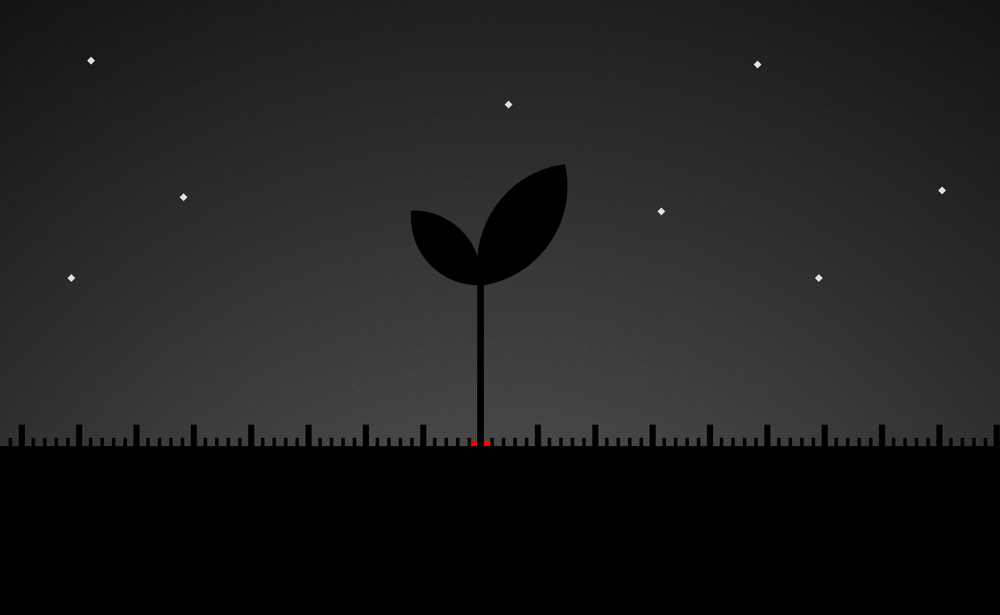
…it depends on one’s character
The creative person’s profile, preferences, emotional state and intrinsic motivations are all factors that play a role in one’s ability to generate ideas. The creative person’s character is like the seed of creativity.
In the 16 MBTI personalities test that we invite you to take to get to know yourself better, the intuitive profiles (with the letter N) are known to be the most creative, guided by their developed intuition. The 4 intuitive sub-profiles of the Analyst (INT or ENT) and Diplomat (INF or ENF) groups have in common that they have imaginative and visionary thinking, which allows them to find a multitude of solutions where common ideas stagnate or fail.
Dreamers, intuitives focus on the possibilities -even unlikely- of realizing the theories they build in their head, connecting pieces of a mental “big puzzle”. The future and the unknown are their playground. They will prefer to take the risk of following a strong but still vague intuitive idea rather than taking a clear path. Intuitives often ask themselves the question: what if? and easily project themselves into their ideas. This allows them to think outside the box and come up with innovative solutions, where meaning takes precedence over execution. Caught up in their vivid imaginations and the construction of mental ideas, they can go far afield in their train of thought and lose their audience. When solving problems, intuitives often lose track of time as they become absorbed in their thoughts, even though they are focused on their task at hand. Even though every person has some creativity in them, these 8 personalities will naturally and spontaneously come up with ideas.
Creative individuals develop personality traits such as perseverance and courage to approach things differently and against the flow, an open-mindedness to step back, embrace the unknown and expand their approach, but also a distinctive and divergent way of thinking that allows them to question what they have learned. But like any seed, creativity can be cultivated! If you are not an intuitive profile, you can train yourself to sprout your open-mindedness, accept the unknown or think differently by focusing on other ways of tackling a problem.
…but also on a timing
Work preferences also influence the timing of creativity. Some people will have more ideas in the morning and others in the evening or even at night. In this sense, working flat out at night may be beneficial to those of you who like to create in a bubble of solitude and find this special concentration brought by the atmosphere of the night. Last minute stress can also be a motivating factor for some who especially seek it out, while it will be prohibitive for those who like to work within a framework, organizing thoroughly in advance to meet deadlines.
But creativity does not only depend on character and preferences, it also varies according to emotional states and personal motivations, which are either temporary or triggered moments. A strong emotional state (as we saw in the article on the impact of time on the creative brain) has direct consequences on our ability to generate ideas. This state depends on a more or less long and pleasant moment: depending on the woman’s menstrual cycle, for example, or if we are going through a complicated or joyful period, our creative capacities will obviously not be the same. The interest we have in the task at hand also affects its intensity, because the more intense the pleasure, the richer the creativity, and vice versa. It is an emotional state triggered by the task.
Certain factors that influence a person’s creativity within themselves therefore depend on time. They can build up with age, fly by, or last a few years. In addition to these variants, there are others that no longer depend on the person, but rather on the external context.
Creativity also varies according to the external context
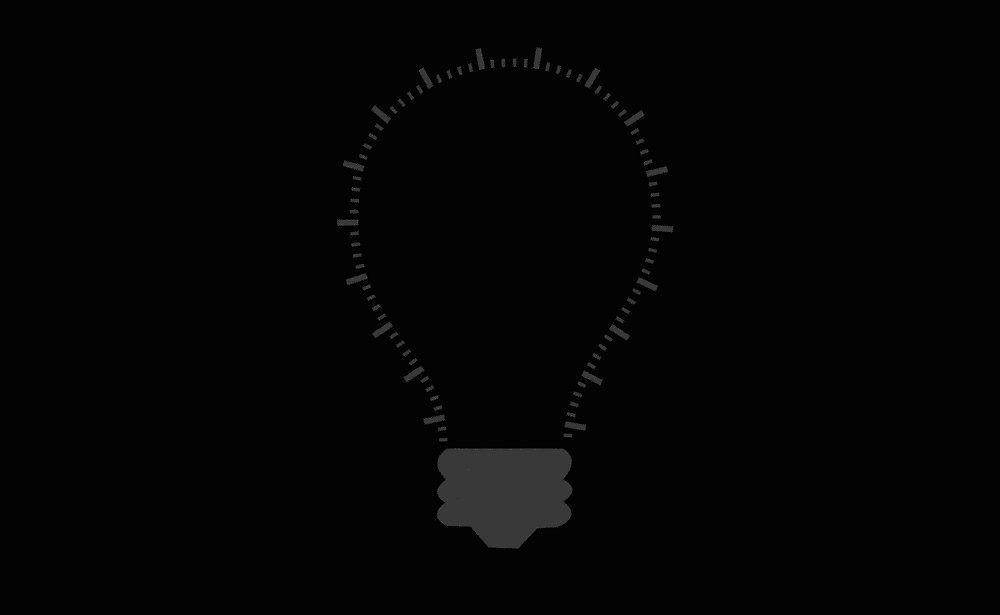
Among the restrictions linked to the creative profession, from which our extrinsic motivations derive, we can note variations in creativity linked to our the way we relate to time within our workplace, to the proportion of creative time given by the client, and to our level of experience.
The set working hours and days create a framework that limits creativity to 5 days a week, 8 hours a day. And we know that most of our ideas rise up in the shower! Freedom to come up with an idea is replaced by the obligation to create, at a given moment, in a given context. Considering that creativity depends on time and an environment, it seems absurd to have to create on demand, and it even adds an additional layer of stress to the creative: the idea doesn’t come when it “should”, time passes, the client waits, and the pressure rises. Because whether you have 10 or 20 days of production ahead, you’ll never know when the idea will emerge. It’s all a question of experience, controlled stress and favorable terrain, and fortunately, adaptability to these constraints.
Creating beauty and meaning in a limited time and budget
Here lies the particularity of our profession, creative and artistic, which must produce an effective, quantifiable (monetizable) and durable result, and not be merely beautiful nor created for pleasure. The profession of graphic designer (or any other creative profession), though based on the research and production of “beautiful and useful ideas”, must be adapted to market standards in which time is monetized, but where research, which is essential, is undervalued compared to the result. Unfortunately, we often experience this in free public tenders (on this subject, you can sign the petition “no to free creations”). We are asked to create and think outside the box, but within a box. Very often the design comes at the end of the project, as the icing on the cake, after several months of research and studies on the client’s side. The visual identity (or any other creative concept) will sublimate everything, but depends on the tightest deadline -and sometimes budget. When the order is completed, the client sometimes has neither the time nor the money to pay for the implementation of this creative concept, and we understand why.
The artist, on the other hand, produces creative and plastic ideas that are “beautiful but useless” (in the quantifiable sense). The beautiful being subjective and intangible, the artist is often perceived as an outsider, someone who lives outside the system, who has the leisure to take the time to find an idea, and even whose work is not seriously considered as such. It is difficult to put a price on the value of an artistic creation. If prices soar, it is because one is not only buying a physical object, but a part of the creator’s talent, years of expertise, and sometimes a quotation on the art market.
In the same way, in an agency or for any creative profession, the client orders a graphic production but in reality buys a know-how, an experience, an art of thinking, all wrapped in working hours. Whether the idea is found in 5 minutes or 5 days, it is not the time spent that counts, it is how and to what extent the creativity was able to germinate and what was put in place upstream to make this growth possible. And this creativity sometimes lacks time to sprout, because when we say that we found the idea in 5 minutes, it is actually 5 minutes after 20 years of experience and 3 sleepless nights (and just as many showers). Expertise also weighs in the balance of creative output: two identical profiles in an equal emotional state will obviously not have the same quality of ideas depending on whether they have 2 or 20 years of experience in the business.
Worship of working time
Finally, creativity is part of a socio-cultural context in which time is omnipresent. First at school, then at work. As we said in our first article, some cultures -like ours- encourage presenteeism or working flat out, which are synonymous with devotion and productivity. Work comes first, reflecting its place in the hierarchy of our values: productivity before leisure, before family. It is not time that fosters the development of an idea, but the idea that strives to rise in a set time. This creates a very particular context in which creativity is framed, muzzled, and work is uninterrupted. In fact, doing “nothing” at work (understand : being creative in another way) is seen as a waste of time/money.
In reality, and this will be discussed in the next article, creativity needs idleness and time out to flourish. But it is possible to cultivate or foster it even with time constraints. If we prepare it, the body is capable of going much further than we can expect. It’s all about finding the right balance between all these internal and external variants, whether sudden or provoked, and a certain amount of time control.
Sources:
Psychology of creativity, Todd Lubart, Armand Colin editions
